Ok, I think the new blog format is finalised, more or less. Basically I want to be better able to show my experience in Taiwan visually, by directly showing the 10% of my pictures that tell 90% of the story. As promised, I'll test the new format using my recent three day hiking trip on and around 玉山, the tallest mountain in Taiwan. Unfortunately most of my old posts look like a mess now, so pay no attention to them. Maybe I'll fix them one day if I have time. Anyway, comments/suggestions welcome! (Remember to hit the "Read more!" link below.)
My boss, being the president of our division, runs back and forth between our Taiwan, China and US offices, so I didn't meet him until my second week at OSE. His first request of me: to join him and several of his VPs and advisors on a three day team-building exercise to Taiwan's tourist magnet 阿里山 and top peak 玉山. My attendance wasn't actually planned - another participant fell ill and backed out, and I think I was just in the right place at the right time when they were talking about with whom to fill the vacancy. Anyway, the rest is a narration in pictures.
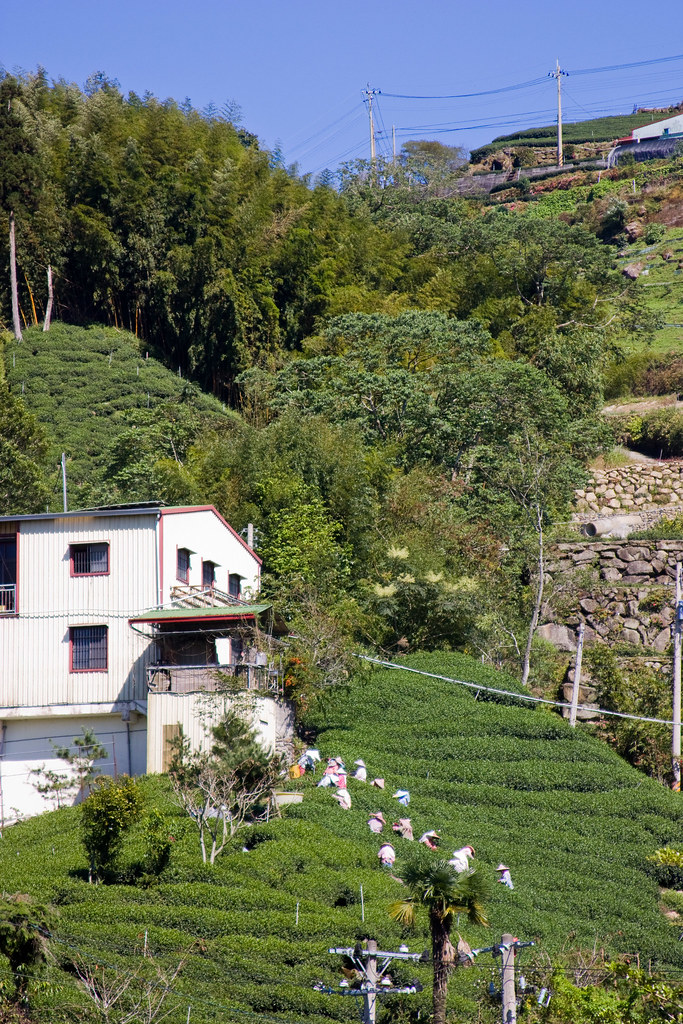
阿里山 is renowned for its tea production. Throughout the mountainside are tea plantations on terraces like this, with hooded women collecting leaves in the midday sun. 1000m up from sea level, the weather has cooled significantly, but a day in the sun still warrants such full-body coverage.

A narrow-gauge railway winds through the mountain, built by the occupying Japanese 70 years ago to harvest the ancient cypresses on the mountaintop. The four-hour scenic ride departed twice daily and was one of the most beautiful in the world, but a change in management and recent typhoon damage closed the line for repairs. We had to make do with the less (but still very) scenic bus ride.
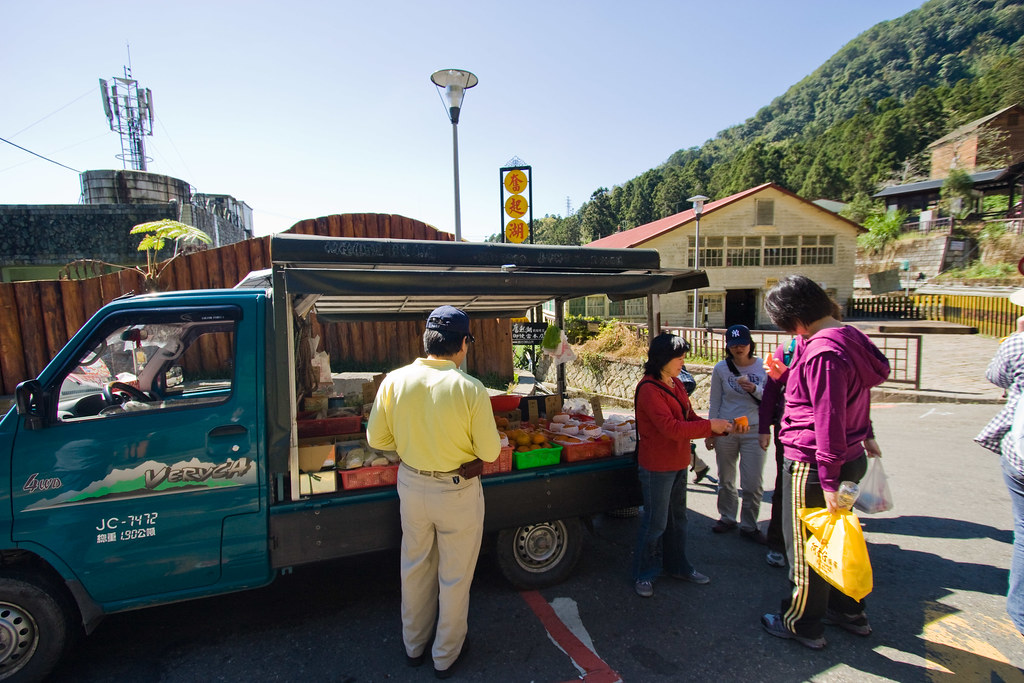
The handful of people who settle on the mountains are about a two-hour drive from the urban coast. Grocers from the city generally drive up with truck-fulls of produce and meat for sale, announcing their arrival with loudspeakers and energetic salespeople who don't hesitate to give out samples. Here, a few members of our "expedition" sample slices of a sweet persimmon.

But the grocers will have to compete with the 7-Eleven, present even here in a small town of perhaps only a few hundred. Taiwan has the greatest concentration of 7-Eleven stores, and it's not rare in the city to be able to spot one across the road from another.

The town is, of course, built onto the mountainside. In addition to the railway and roadways winding up the mountain, small paths exist too. Here, on the edge of town, a stairway leads up into the dense forest.

Our next stop: the 阿里山 main gates, altitude 2200m. This is the end of the line for tour buses. Between two giant parking lots of buses carrying tourists from China, Japan, Korean and everywhere else are various shacks and buildings housing salespeople pushing souvenirs to the tourists.

Tea isn't the only main product of these mountains. Here, another local specialty: wasabi roots (yes, that wasabi).
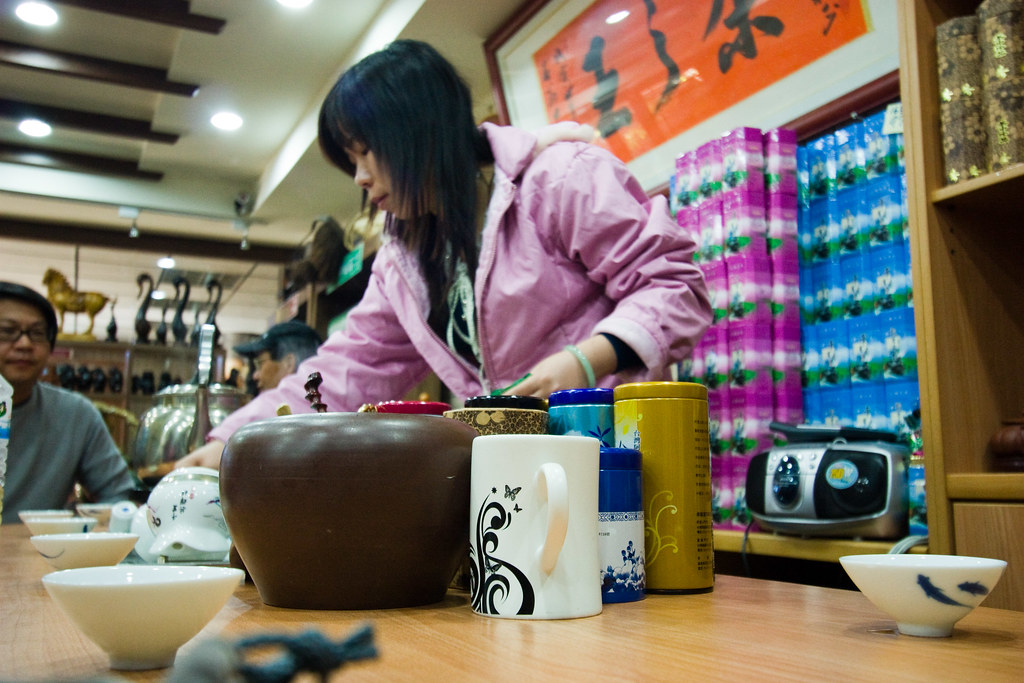
Of course, just seeing and hearing about the 阿里山 tea isn't enough; we must also taste it. Here, we enjoyed small sips of various types of tea produced on the mountain. I'm no connoisseur, so they all tasted similar to me, but some were very specific in which batch they wanted to purchase.

Also nearby: a native dance performed by the indigenous Tsou people, who have inhabited these mountains long before refugees came from the Chinese mainland 400 years ago.

In the distance, the clouds are starting to move in. In the mountains the weather can change drastically between morning and evening.
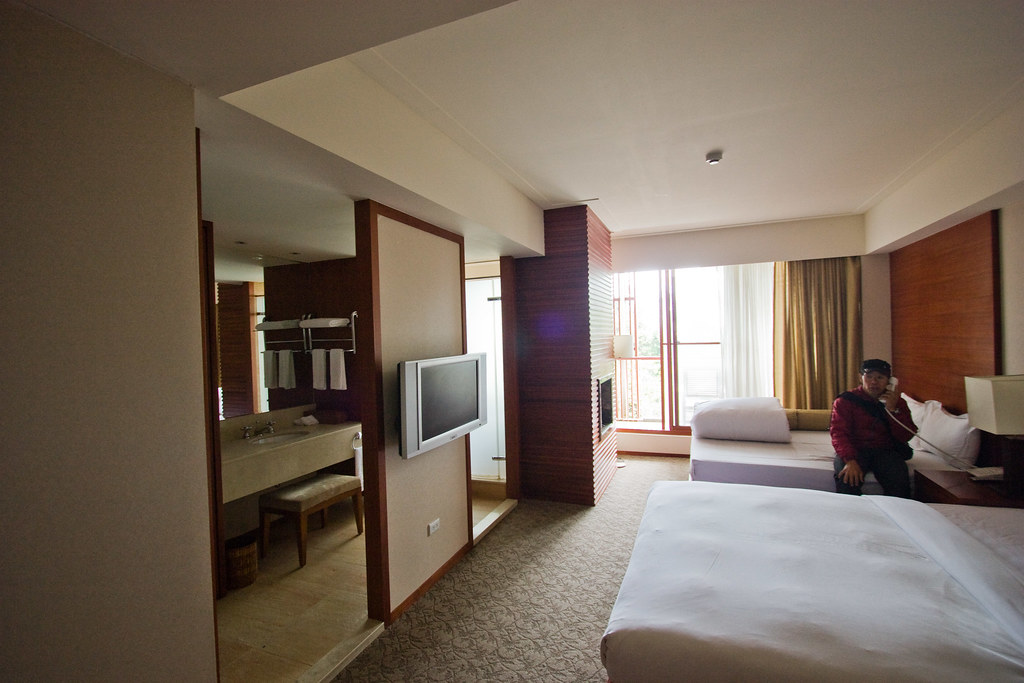
For the first night, we enjoy the luxury of a modern hotel. Here we can get a bit acclimatized to the altitude (the air pressure here is akin to that in a passenger jet) before the major exercise we will endure for the next two days.

But first, a walk around the 阿里山 trails. The park is dotted by the stumps of fallen giants. This one seems to have a face.
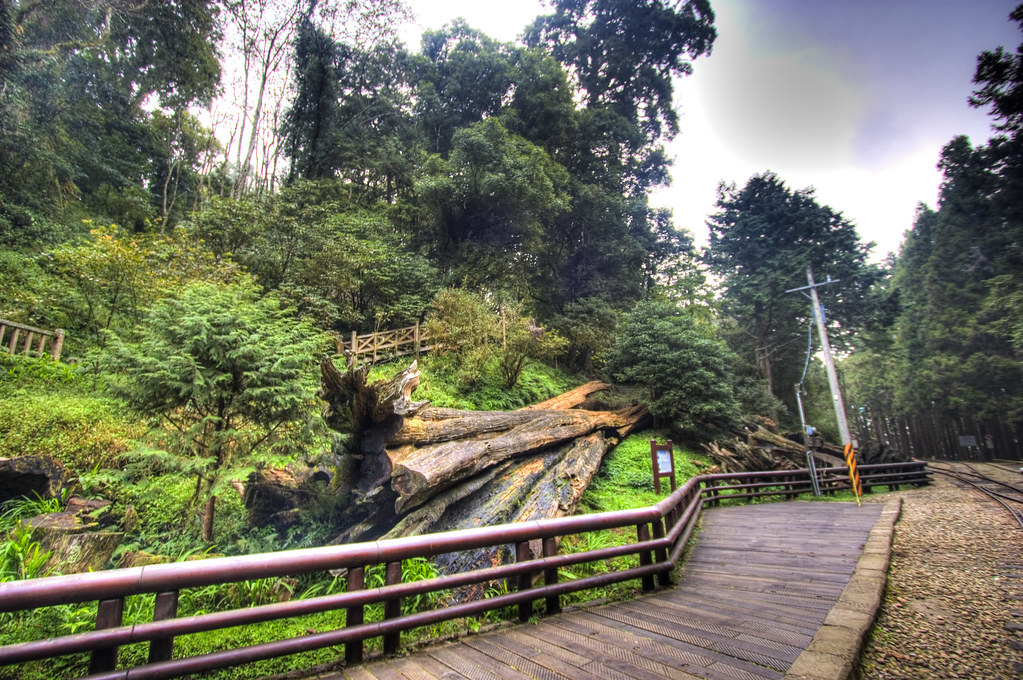
This is 神木, the mystical tree, fallen here perhaps due to old age.

Across from an elementary school (which I was surprised to find here, at a national park) stands this majestic temple built into the dense forest.
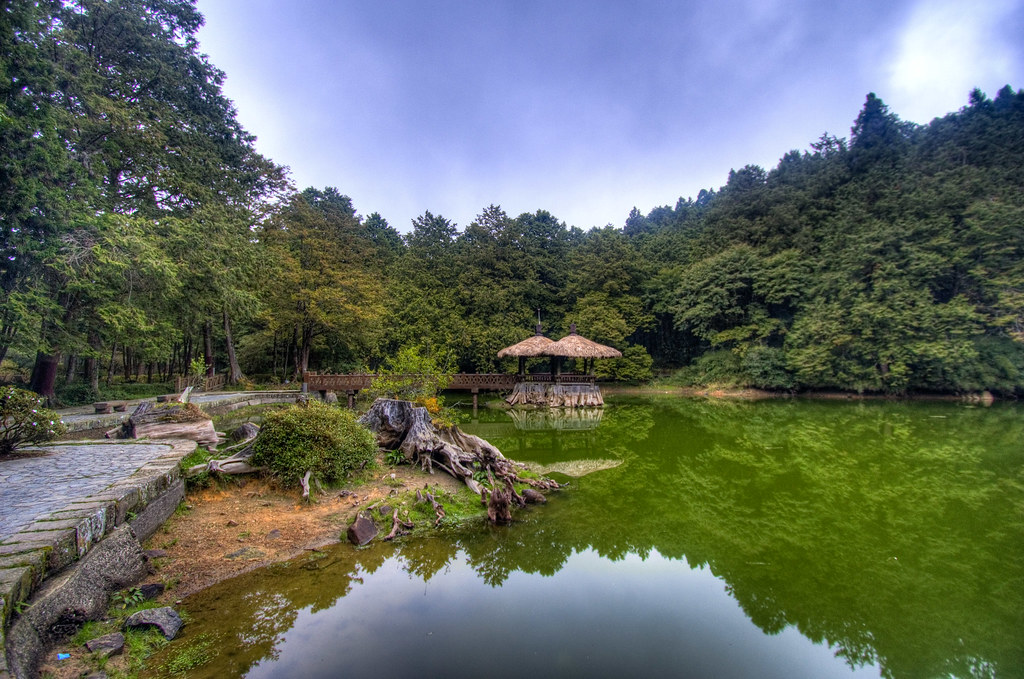
The trail also led past the Sisters Lake, named for a legend of sisters, both in love with the same man, both jumped into this lake to yield her love for the other.
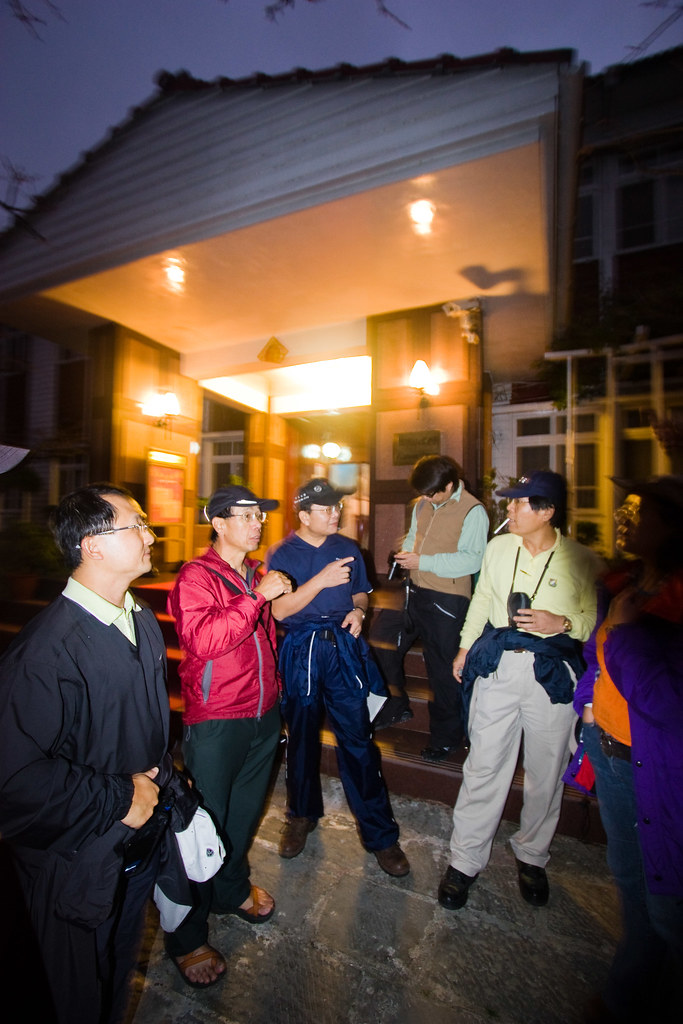
Finally, we gather for one last "team meeting" before going off to bed to prepare for the difficult hike the next day.

November 13, 10am. Our expedition approach the trail-foot to the behemoth 玉山, Taiwan's tallest peak. It's less of a tourist attraction (but still very much so) than 阿里山 because the only way to the top is about 11km by foot, including a night of very uncomfortable sleep at a ranger station 8.5km of the way up. Vertical ascent is nearly 2500m. We have three guides to help us along - an experienced friendly old-timer with whom I shared a room the night before, and his two young apprentices here on the right.

The start of the winding path is here. Before the hike we all kneel to say a prayer to the mountain spirit, spilling some spirits onto his ground as a sign of respect, in the hopes that he will allow us onto the peak and back down safely. There will be no more pavement for a long long time.

A coworker felt like being creative.

Quite honestly, photos (mine, anyway) can't do this place justice. There's such a feel of depth that can't be conveyed with a single lens.

The beaten path through thick vegetation is occasionally supplemented by a wooden structure - bridges, stairs, etc. 8.5km may not seem like much on flat land, but it's quite exhausting to walk on uneven rocks and constantly uphill.
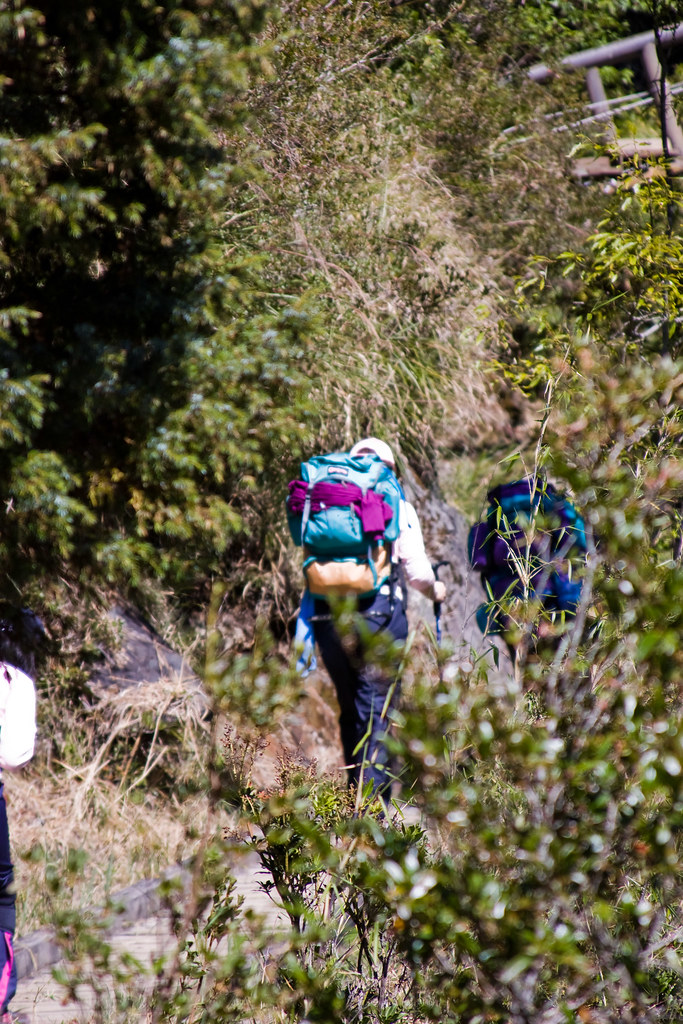
And all we can do is push on, take frequent breaks, and be thankful that we didn't have to make one or two trips up to the ranger station daily ferrying supplies like a few such workers we've encountered. The view and the atmosphere, of course, more than made up for the physical fatigue.
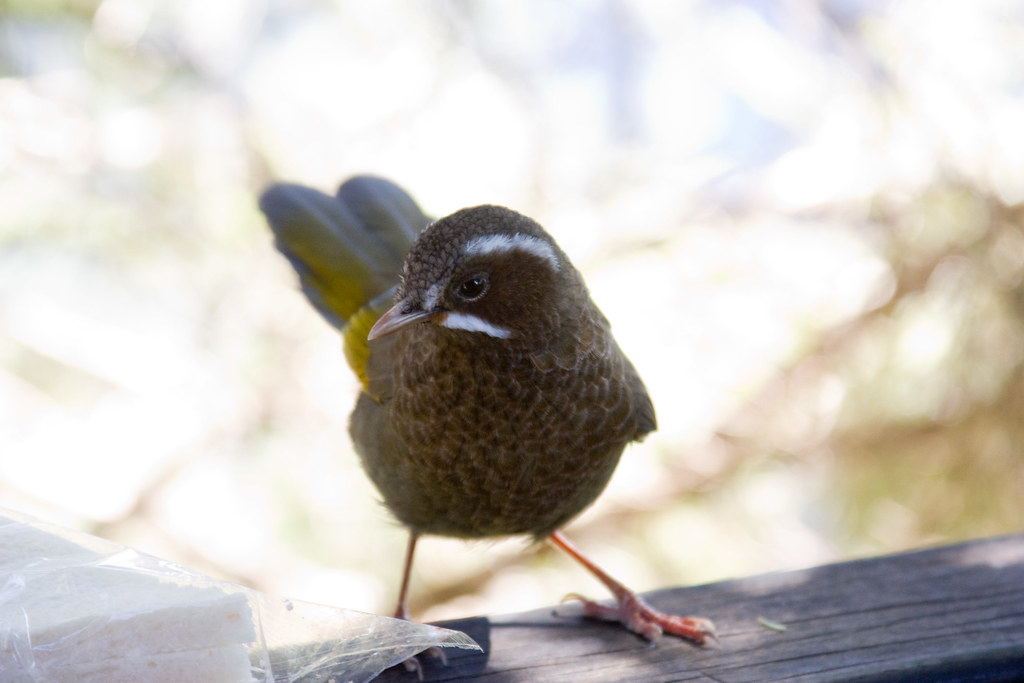
Friendly birds also tag along, crowding the rest stops, hoping to pick up some food discarded by the human visitors.
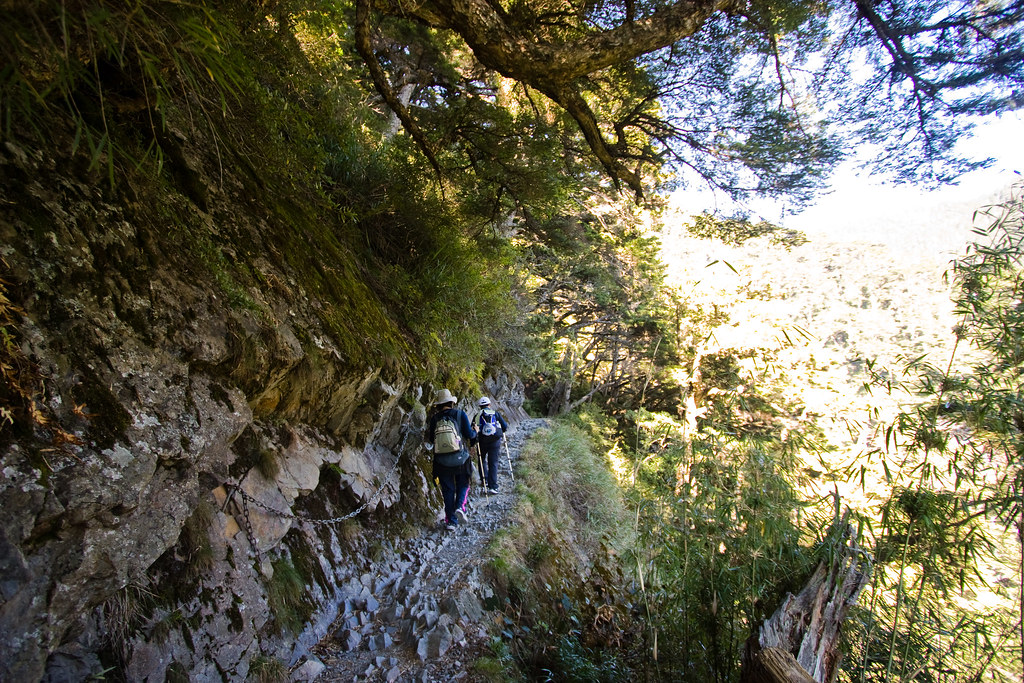
The path, at times, became a bit more perilous, but really nothing a normal person can't handle. I do wonder, however, how often accidents actually happen.
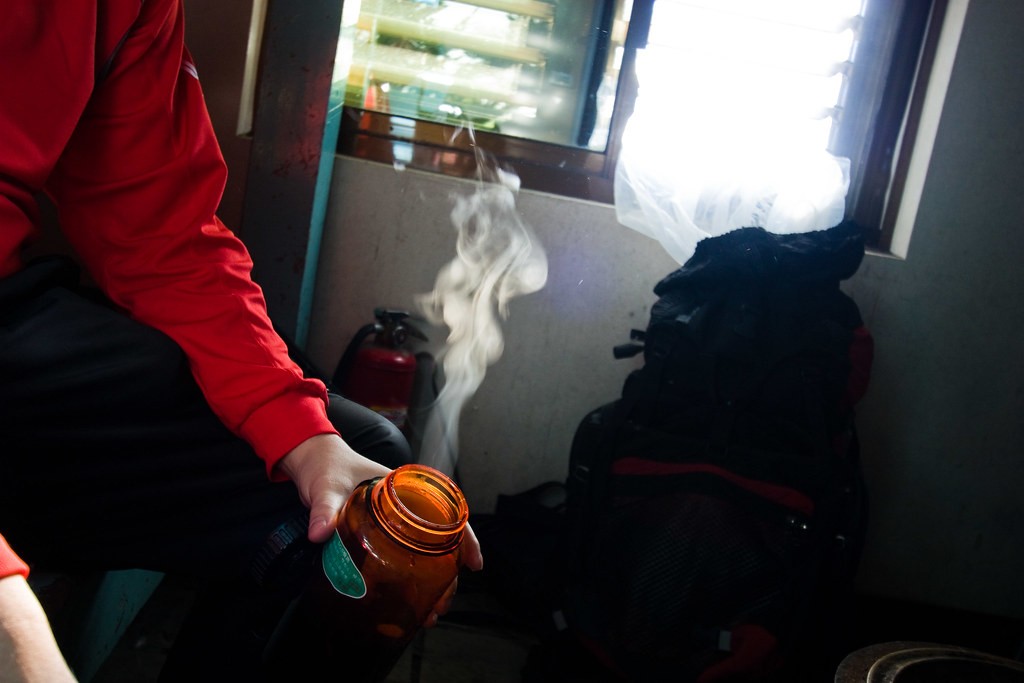
As difficult as it seemed, the path did lead us eventually to the ranger station, where some hot tea awaited to soothe our exhaustion. It's hard to believe that it took until almost sunset to get up here.

And what a sunset it was. This was my first time above the clouds on foot.
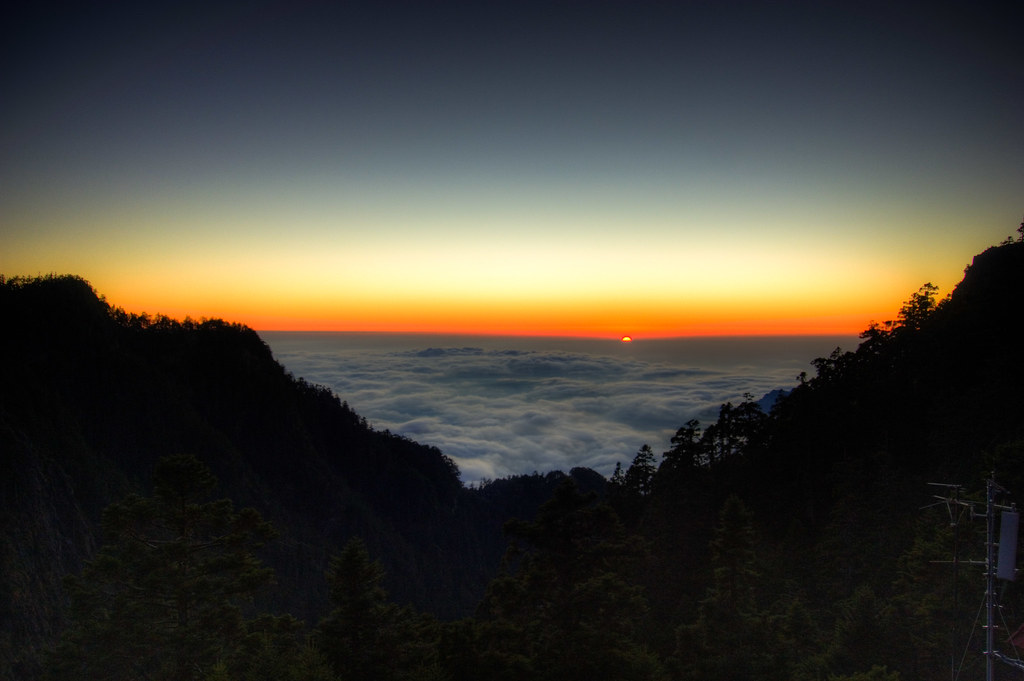
And the first time I've seen the sun set not just into the horizon, but into the clouds.

It was pleasantly surprising that we would also be so well fed, here in the middle of nowhere. I think the catering service was ordered in advance by our group event organizer. Another eager hiker thought the food was for general use, before someone from our party politely asked her to leave. Poor woman - I don't know how I'd have felt if I had to go hungry that night.

We will set out for the summit at 3am, and a dozen people had to squeeze into this room to rest. Between the altitude sickness (which induced headaches, nausea, vomiting and general unpleasantness), the stuffy room, the cold mountain air and the loud snoring from the few of us would could actually sleep, it turned out to be a pretty miserable night. But the goal was always in mind - the summit sunrise will make it all worthwhile.
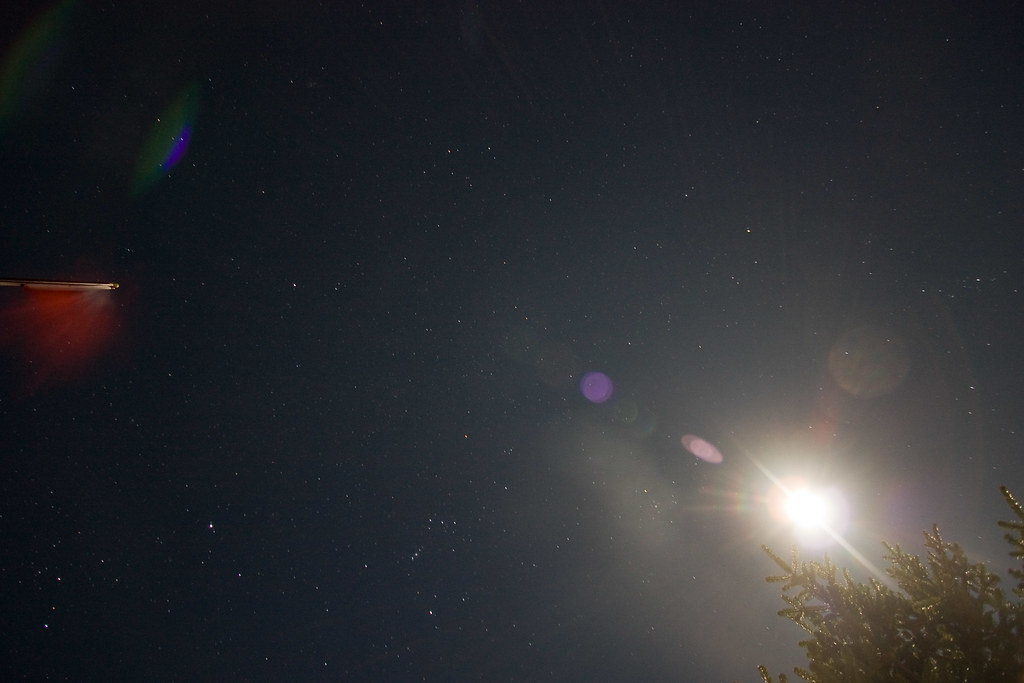
I spent most of the night outside, where there was at least a bit more oxygen to breath. The full moon lit up the night as I chatted with some fellow hikers also unable to sleep. I passed part of the time taking pictures of the sky - unfortunately the moon made the stars a lot less visible, but it was still a sight not often seen.

November 14, 3am. Finally, the hike begins. The 2.4km that remains to the summit turned out to be the most difficult, as much of the path felt like nothing short of vertical ascent. Here, we take a rest. To the west, a mere 50km away, is Taiwan's urban coast, covered by clouds during the sunset last night. It's hard to believe such wilderness can be so close outside the cities.

Here it is, the summit. Altitude: 3952m. Here the air is only 65% as thick as at sea level. No longer under the pressure of physical exertion, the air suddenly feels cold again. We wait eager for the sun to rise, for both a sight to see, and for some warmer air.
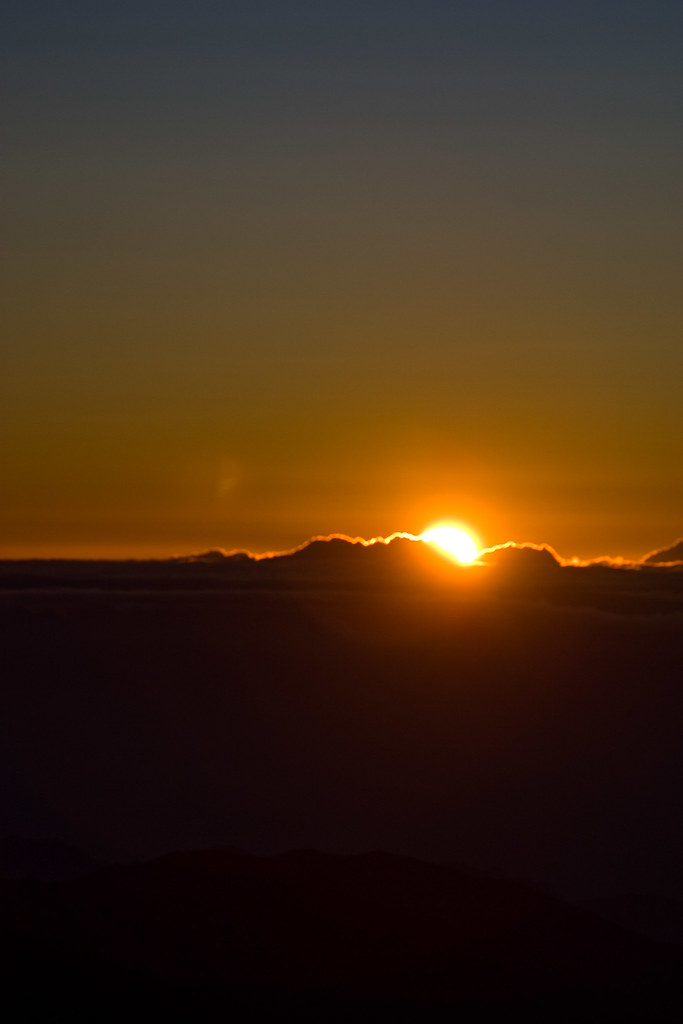
And there it comes!

And the peak casts a shadow to the west.

Now in the full light of day can we begin to appreciate the depth of the scenery. We were quite literally standing on the single point at the top of Taiwan.
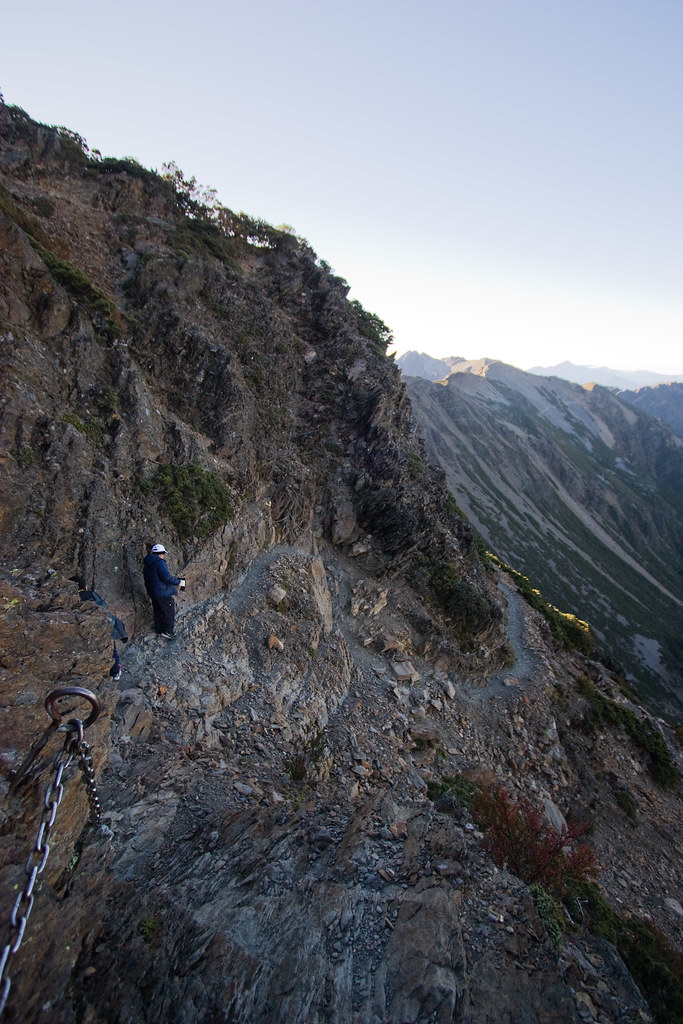
In the full light of day, during our descent, we could also see what the summit trail really looked like. One wrong step and we'll be taking a magnificent plunge into the magnificent scenery.








































that's purdy
ReplyDeleteYour trepidation about the path reminds me of my parents' account of hiking the Half Dome in Yosemite. I don't think they made it all the way to the top, but it seems like the footing is less than reassuring.
ReplyDeleteBeautiful!
ReplyDeleteNow the question I'm sure everyone has is....do they have spicy German sausages at those 7-11 stores as well? =P